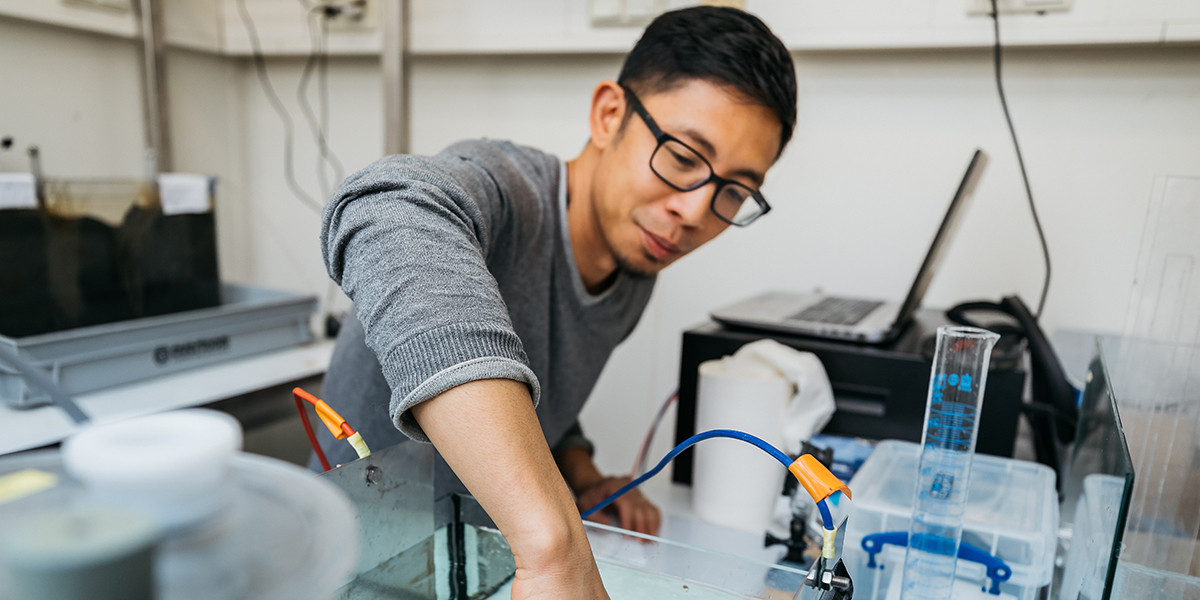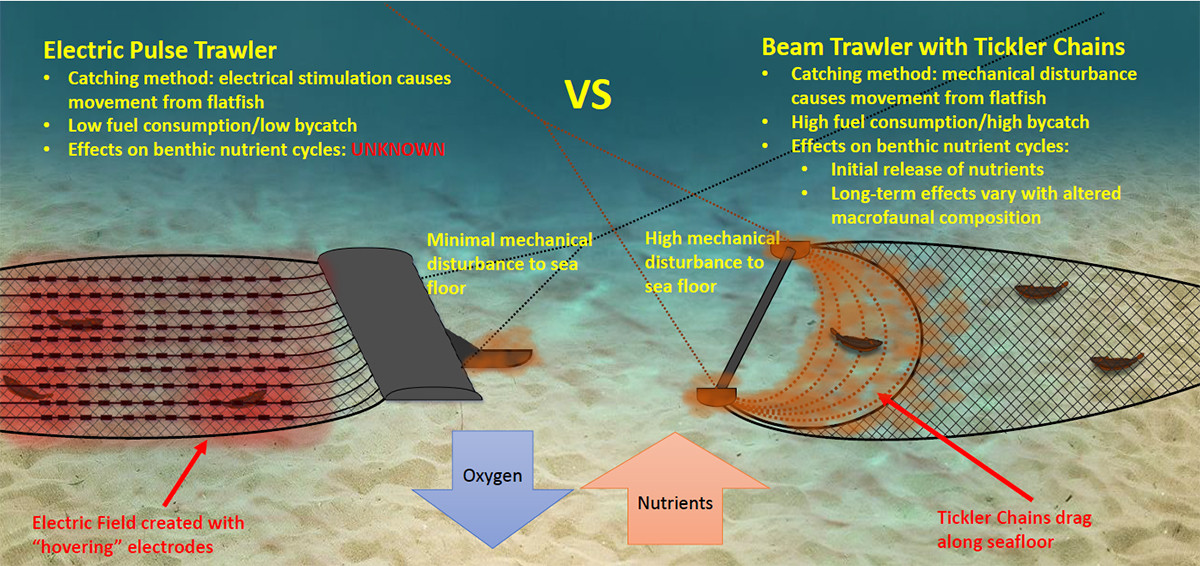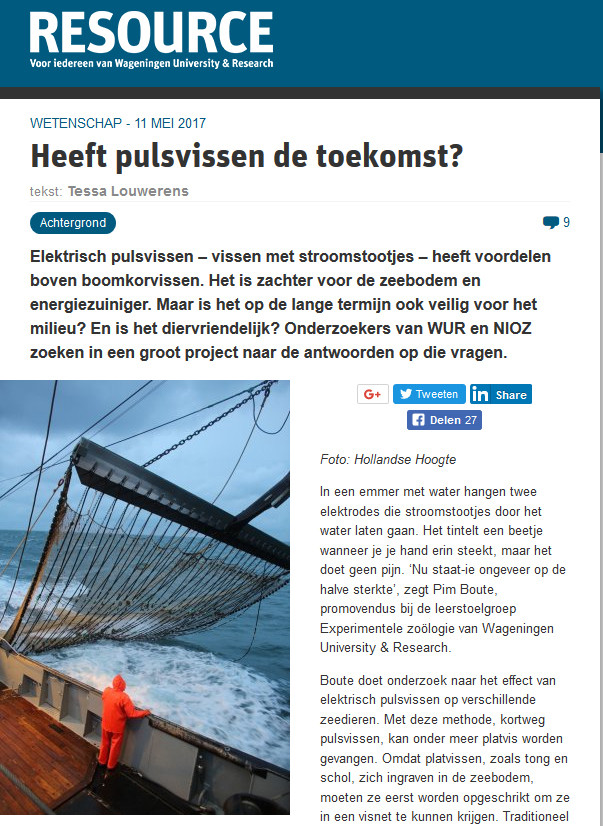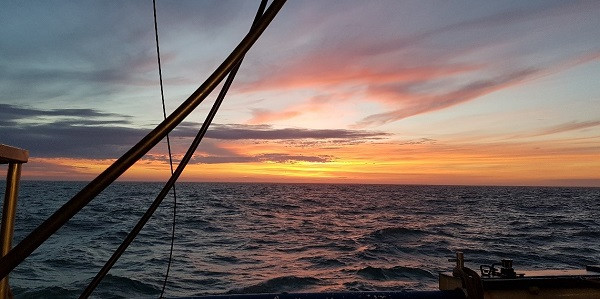Internationaal advies aan Nederlands ministerie: pulsvisserij minder milieu- en ecologische effecten dan traditionele boomkorvisserij

Bij het NIOZ onderzoekt promovendus Justin Tiano de gevolgen van pulsvisserij op het ecosysteem van de zeebodem. Hij werkt zowel op zee met commerciële vissersboten aan grootschalige veldexperimenten als onder gecontroleerde omstandigheden in het laboratorium. Hij maakt deel uit van de ICES werkgroep voor pulsvisserij WGELEKTRA die de gegevens leverde voor het vandaag verschenen advies aan de Nederlandse regering.
International advice to Dutch ministry: pulse trawling has fewer environmental and ecological effects than beam trawls
ICES, the International Council for the Exploration of the Sea, has issued an advice to the Dutch Ministry of Agriculture, Nature and Food Quality today, in response to a request from the Netherlands. The ICES-advice compares the effects of electrical pulse trawls and traditional beam trawls on the ecosystem when fishing the total allowable catch (TAC) of sole in the North Sea. It concludes that pulse trawling has fewer environmental and ecological effects than beam trawls. The advice was based on studies by the international expert group on pulse fishing WGELEKTRA, in which NIOZ and Wageningen University & Research also take part.
At the NIOZ, PhD candidate Justin Tiano is researching the consequences of pulse fishing on the benthic ecosystem. He has been working with commercial fishing vessels to conduct large scale field experiments as well as controlled laboratory studies. He is part of the ICES working group WGELECTRA which provided the information needed for ICES to form its advice to the Dutch government about this fishing method.

Electric Pulse Trawler vs Beam Trawler Tickler Chains. Platvissen moeten worden opgeschrikt om ze in het net te krijgen. Bij boomkorvissen gebeurt dat met kettingen die over de grond slepen, bij pulsvissen met stroomstootjes. Illustratie: Justin Tiano.

